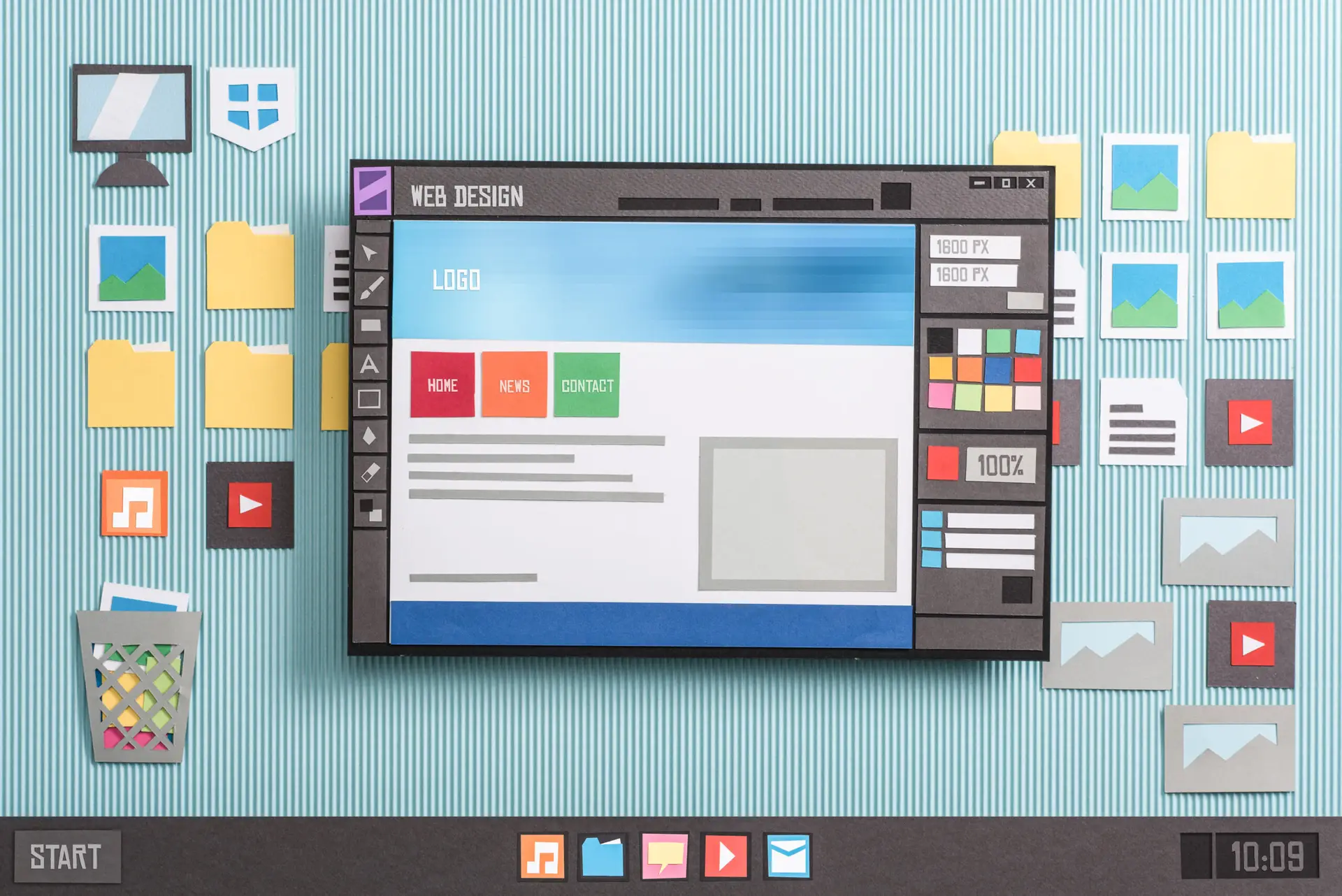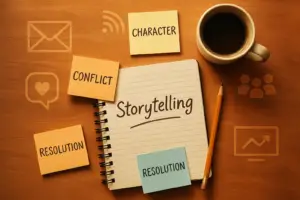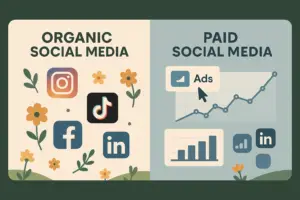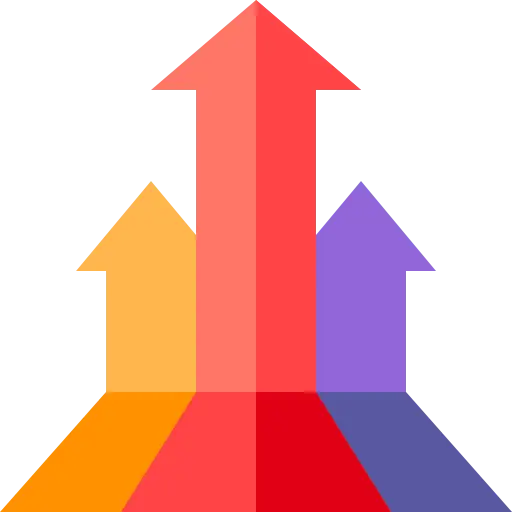The web design industry is an ever-evolving one. With the latest advancements in technology, what was cutting-edge last year can quickly become outdated. Keeping up with the latest trends can be a challenge for even experienced designers, let alone small businesses who don’t have the resources to stay abreast of all new developments. That’s why it’s important to stay up to date on the latest trends in web design and make sure you are using them effectively in your own projects.
Minimalist Design
One of the biggest trends currently taking over the world of web design is minimalist design. Minimalism has been around for decades, but its popularity has grown exponentially over the past few years as designers become more aware of how important it is for user experience. By stripping away all unnecessary elements, minimalism allows websites to focus solely on enhancing user interaction and providing an intuitive and enjoyable browsing experience.
Responsive Design
Another major trend in web design is responsive design. As more people access websites from their smartphones and tablets, it has become necessary to create sites that are optimized for these devices. Responsive design makes use of flexible layouts that automatically adjust to any screen size or resolution without compromising usability or aesthetic quality. This ensures that users will have a positive experience regardless of which device they are using.
Content Marketing
No website is complete without good content, and it’s no surprise that content marketing has become one of the most important aspects of modern web design as well. Content marketing involves creating content that provides value to users while also promoting your brand or product. Quality content helps engage visitors and encourages them to come back and explore further pages on your website, increasing conversion rates significantly if done right.
Visual Storytelling
In addition to creating engaging content, there is also a growing emphasis on visual story-telling within web design today. This involves incorporating visuals such as images, videos, animations, etc., into webpages in order to communicate information more effectively and captivate viewers’ attention better than traditional text-based articles do. This technique can be used both strategically (in landing pages) and throughout a website as a whole to make navigation easier and increase engagement levels from start to finish—a must if you want visitors to come back for more!
Artificial Intelligence (AI)
Finally, artificial intelligence (AI) has started making its way into modern web designs as well. AI allows websites not only to automate tedious tasks behind the scenes but also to gather valuable data about visitors’ online behaviors so businesses can tailor their offerings accordingly—allowing them to increase efficiency while still providing an enjoyable experience tailored specifically to each individual customer base member or segment at large.. All this helps drive customer satisfaction while saving time and money when compared with manual efforts alone—a win-win situation!
By keeping up with all these latest trends in web design, companies will be able (not only) future-proof their online presence but also optimize their users’ overall experiences significantly – giving them a competitive edge over other players operating in similar spaces!







